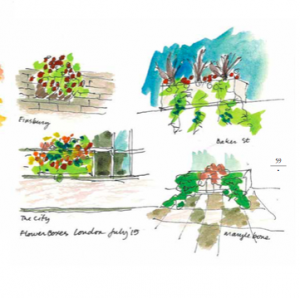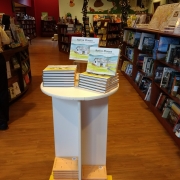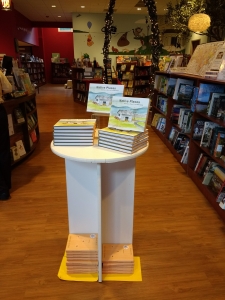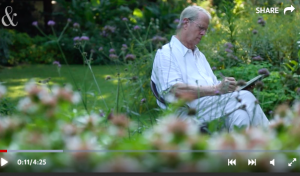Charleston’s Blue Bicycle Books Hosts Architect/Author Frank Harmon and ‘Native Places’ on January 17.
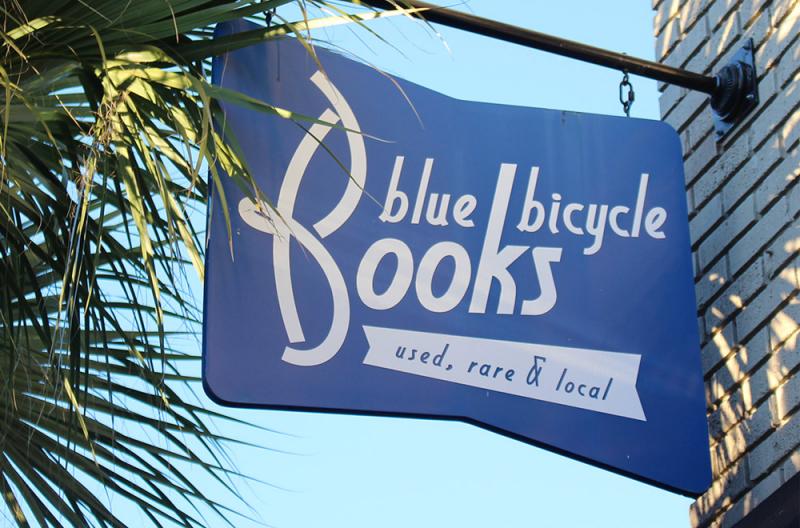
Architect and author Frank Harmon, FAIA, who designed the modern, award-winning Sunday School addition to the historic Circular Congregational Church in Charleston and the “Seven Sisters” residence on St. Helena Island, will present his new, critically acclaimed book Native Places: Drawing as a Way to See when Blue Bicycle Books hosts a book-signing event on Thursday, January 17, beginning at 5 p.m.
Free and open to the public, the event will begin with an introduction of the Raleigh, NC-based author by South Carolina architect Whitney Powers. Harmon will then give a presentation about his book and his passion for hand sketching. After a Q&A with the audience, he will sign copies of Native Places, which will be available for purchase in the store.
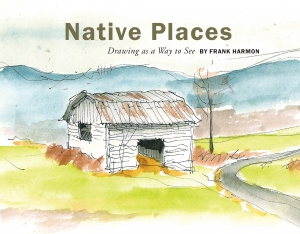 Delight in Ordinary Places: Published by ORO Editions, Native Places: Drawing as a Way to See is a collection of 64 of Harmon’s watercolor sketches paired with brief essays he’s written about architecture, everyday objects and sites, and nature that first appeared on his internationally popular blog NativePlaces.org. The sketches convey the delight he finds in ordinary places. The short essays, inspired by the sketches, offer his fresh interpretations of what most people take for granted.
Delight in Ordinary Places: Published by ORO Editions, Native Places: Drawing as a Way to See is a collection of 64 of Harmon’s watercolor sketches paired with brief essays he’s written about architecture, everyday objects and sites, and nature that first appeared on his internationally popular blog NativePlaces.org. The sketches convey the delight he finds in ordinary places. The short essays, inspired by the sketches, offer his fresh interpretations of what most people take for granted.
Harmon’s goal for Native Places is, in fact, “to transform the way we see,” he says, and to promote his belief that hand drawing offers “an opportunity to develop a natural grace in the way we view the world and take part in it.” He will explain both concepts in his presentation.
What others are saying about Native Places: In his review of the book, Charles Linn, FAIA, architect, writer, and former deputy editor of Architectural Record, wrote, “For those who love drawing, seek enlightenment and inspiration from the things they may pass by every day, and perhaps want to capture them in their own sketchbooks, I give Native Places my highest recommendation.” (Linn also helped Harmon select and organize the sketch-essay pairs for the book.)
Mike Welton, architecture critic for the Raleigh News & Observer, calls Harmon’s book “delightful” and suggests that it is “destined to change how we see this world.”
Tom Kundig, FAIA, of Olsen Kundig Architects in Seattle, WA, praises Harmon and his book for “reminding us in brilliant, thoughtful, quiet meditation our unbelievable luck to be alive and to think. A masterful legacy on all levels.”
Owned and operated by Jonathan Sanchez, Blue Bicycle Books is located at 420 King Street, Charleston, SC 29403 (843.722.2666); bluebicyclebooks.com.
For more details on Frank Harmon and Native Places: Drawing as a Way to See, visit the book’s website (nativeplacesthebook.com) and Facebook page.



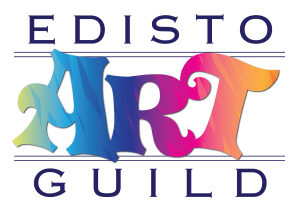 Architect and author Frank Harmon, FAIA, who designed the modern, award-winning Sunday School addition to the historic Circular Congregational Church in Charleston and the “Seven Sisters” residence on St. Helena Island, will present his new, critically acclaimed book
Architect and author Frank Harmon, FAIA, who designed the modern, award-winning Sunday School addition to the historic Circular Congregational Church in Charleston and the “Seven Sisters” residence on St. Helena Island, will present his new, critically acclaimed book 
